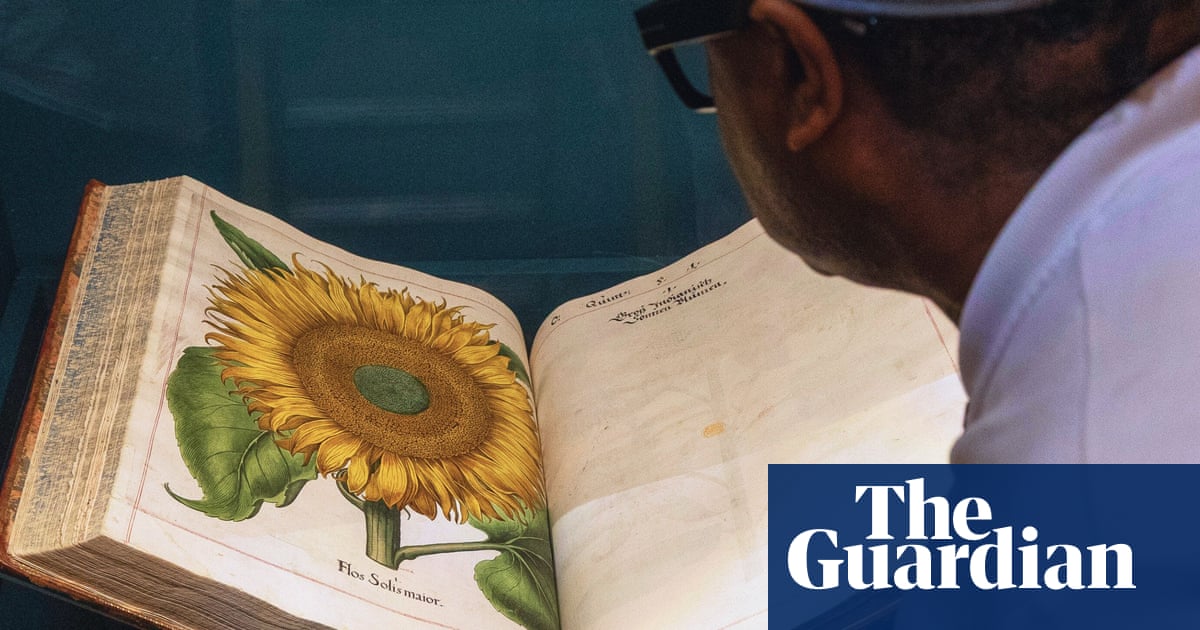“Being able to grow your own food is one of the most radical ways that you can express your freedom, your sovereignty, your liberation,” says Valerie Goode, the founder and chief executive of the Coco Collective, a Black-led community gardening organisation in southLondon.
“When you leave your food production in the hands of other people, you are leaving your health, your wellbeing, your sense of identity … in the hands of other people. When we reclaim our food, we reclaim our power.”
The collective, founded four years ago to cultivate a 1,200-sq-metre plot of waste ground in Lewisham, is open to all but brings together members of the African diaspora“to heal and also to learn about our history through the soil”.
Many of those who volunteer in the garden “are only maybe one or two generations from people that would have worked the land,” says Goode, “and our ancestors before that knew nothing other than being on the land.” In its own way, she says, the collective is “radical … because we honour Mother Earth and [recognise that] we are intrinsically connected”.
It’s a bold and inspiring vision – but not necessarily one you would expect to find in a library. And yet the work of the collective is central to a new exhibition at theBritish Libraryin London, which explores and celebrates the social and frequently political history of cultivation, plant acquisition and land use throughout British history.
Radicalism is not a term one would always associate with British gardens, but who controls land, who works it and the crops they grow there have always been contested questions, as the exhibition illustrates. Before gardening was a hobby, it was a lifeline – or as a member of Coco Collective puts it in one of the short films displayed as part of the exhibition: “We’ve been growing longer than we’ve been writing books.”
“Gardening is much more than the nation’s favourite pastime, and we think that it has quite a fascinating and surprising history,” said Maddy Smith, the library’s curator of printed heritage collections 1601-1900, and lead curator of the exhibition.
The library had previously held exhibitions looking at “the grander aspects of gardens”, she said, but “we felt that gardening is something that is enjoyed by a lot of different people, and we wanted to reflect that in the objects and the stories that we told.”
Among the items on display from the library’s collection are an 11th-century illuminated guide to herbal remedies – the only such work to survive from Anglo-SaxonEngland– and Profitable Instructions of Kitchin Gardens, a book written by the aptly named Richard Gardiner of Shrewsbury, to teach his community how to grow vegetables after a series of disastrous harvests in the 1590s.
Common land, once shared by rural communities, had been subject to enclosures – transferring it into private ownership – since England’s population plummeted during the plague pandemic of 1348, but it often led to social unrest and revolt. A map from 1791 of the village of Bow Brickhill in Buckinghamshire shows how the land had been carved up between various gentlemen (and some women), with a number of chunks allocated to “the Rector”. A small outlying patch is “the Poor’s Allotment”.
“People have had to fight for the right to garden over the centuries, and against efforts to privatise and enclose land,” said Smith, “and we wanted to chart that fight.” As well as documents from the time of the Diggers and Levellers, 17th-century movements demanding land reform, “we have [material about] gardeners in Levenshulme, near Manchester, planting cabbages as an act of protest.” The Levenshulme land grabbers, as they were nicknamed in 1906, claimed they were cultivating six acres of unfenced church land “for the benefit of the unemployed”.
British gardens have never been purely functional or decorative spaces, as this exhibition illustrates. The early nineteenth century craze for orchids – beautifully illustrated in books from the time – decimated the ecosystems from which they were taken. The Royal Navy’s lust for New Zealand flax led it to kidnap two Māori chiefs in 1788 and order them to teach them how to cultivate it (the men refused, not least because this, to them, was women’s work).
Even a beautifully illustrated plan of Capability Brown’s lawns at Blenheim Palace dating to 1771 is presented in the context of the grass monoculture it helped inspire in the British landscape. It is displayed alongside an irreverent modern poster by the artist Sam Wallman that decries lawns as “a symbol of control, dominance and status”. “Hoes over mows,” it reads.
Unearthed: The Power of Gardeningis at the British Library until 10 August
